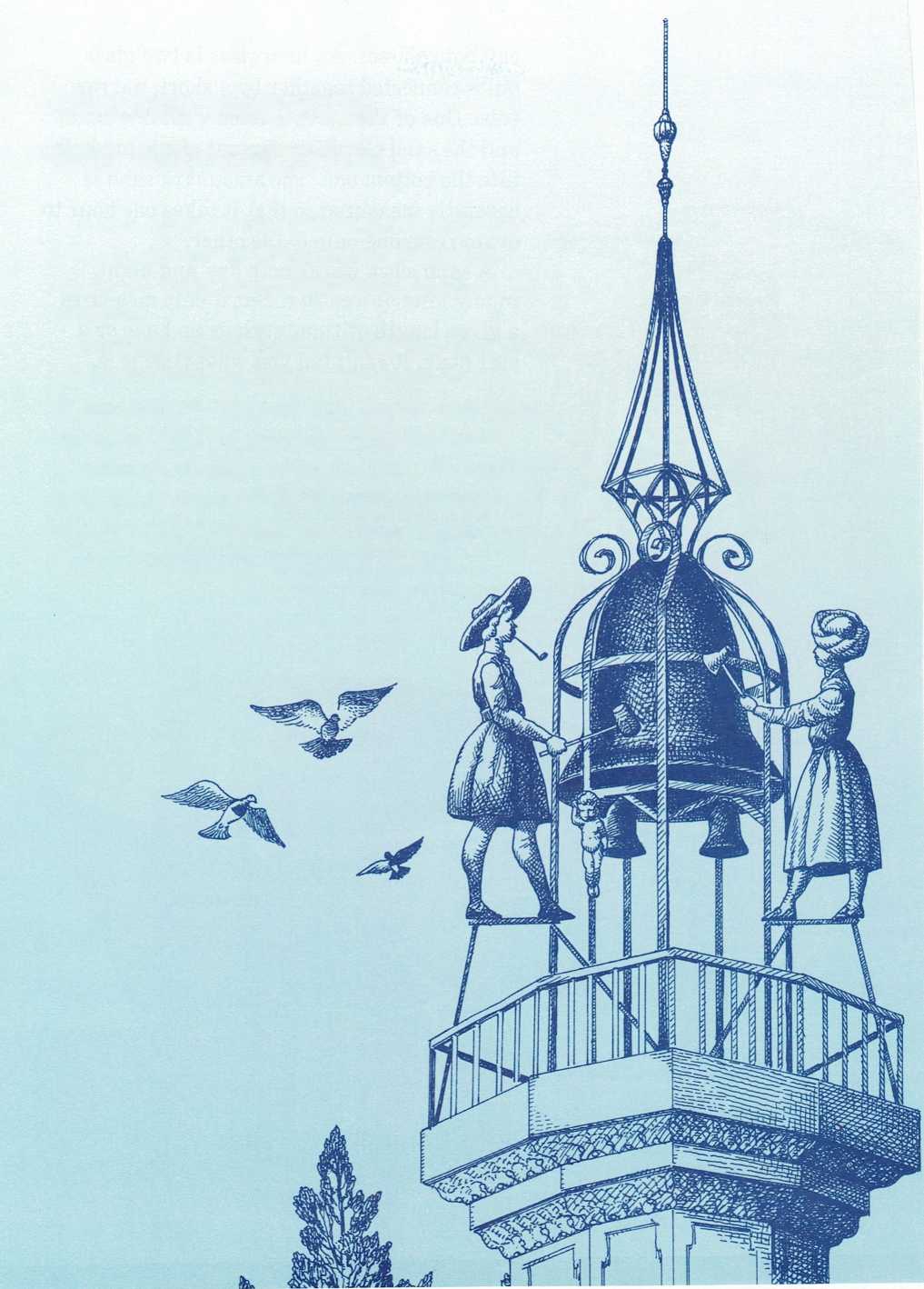
Minutes, seconds, and nanoseconds
Atop a tower in the town square hung a big bell. At each side of the
bell was a large iron statue of a man. Each statue held a hammer in
its hands.Suddenly, one of the statues seemed to come jerkily to life! It swung
its arms, and the hammer struck the bell with a great, loud bong.
Moments later, the second statue also moved. Its hammer bonged against
the bell. Then, the two statues become stiff and motionless again. But
the two bongs of the bell told everyone in the town that the time was
two o’clock.
Until about three hundred years ago, people didn’t have a need for
clocks that measured anything other than hours. The clocks in most of
Europe were just big machines that rang a bell so many times to announce
the hour.
Perhaps this is how they came to be called clocks, for clock comes
from an old word that means “bell.” The first big clock that had a bell
on which the hours were struck was made and set up in Milan, Italy,
about 650 years ago.
As years passed, clocks were made with faces, and a hand that showed the
hour. But there were no minute or second hands.
Then, about three hundred years ago, a man named Christian Huygens
invented a clock that had a pendulum [(pen]{.smallcaps} juh luhm). A
pendulum is a long swinging weight that moves back and forth. With a
pendulum, which swings at a steady, even pace, clocks could be made to
keep time much more accurately. Today, many clocks, such as cuckoo
clocks and grandfather clocks have a pendulum.
Many people, especially scientists, soon found that they needed smaller
measurements of time than just hours. So, before long, clocks were made
with faces divided into sixty spaces for minutes, and a hand to show the
minutes. Later, still another hand was added to show seconds. This was
the beginning of the clocks and watches we have now.
But today, we’ve divided time into smaller and smaller units. Some
scientists even use a kind of clock that measures a very small period of
time called a nanosecond. A nanosecond is one-billionth of a second. So,
each time your clock or watch ticks off a second, a billion nanoseconds
have gone by!

